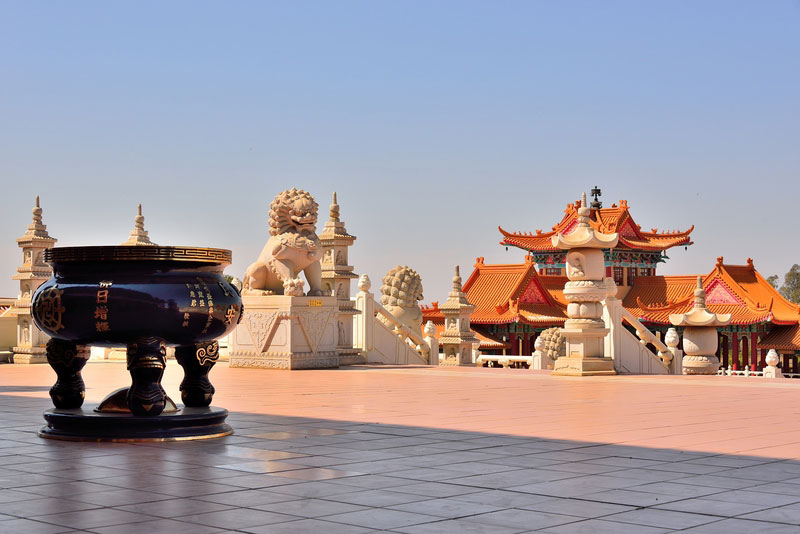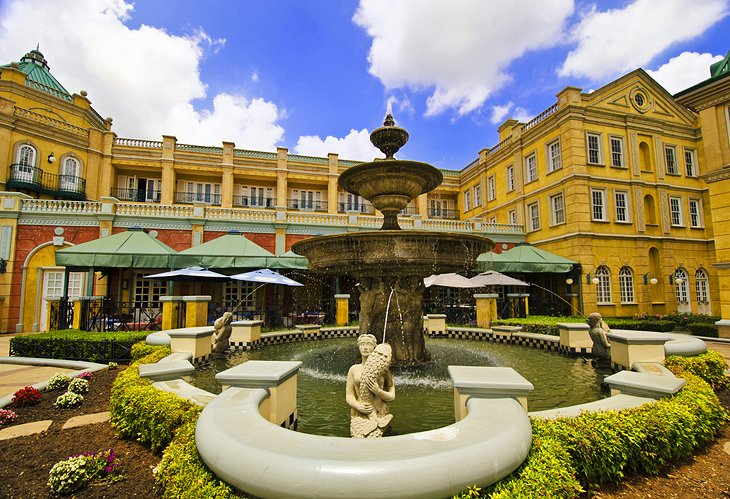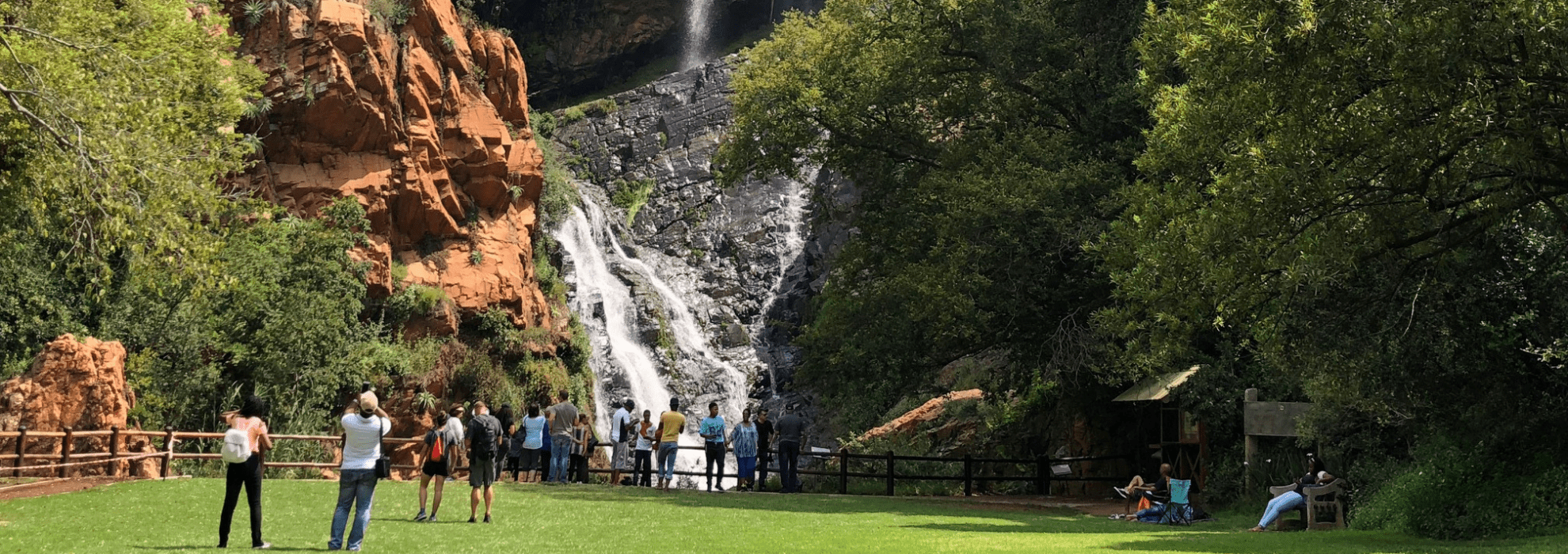Getting My Johannesburg North Attractions To Work
Getting My Johannesburg North Attractions To Work
Blog Article
Facts About Johannesburg North Attractions Revealed
Table of ContentsSome Known Details About Johannesburg North Attractions The Basic Principles Of Johannesburg North Attractions All about Johannesburg North AttractionsThe Best Strategy To Use For Johannesburg North AttractionsJohannesburg North Attractions Can Be Fun For EveryoneNot known Incorrect Statements About Johannesburg North Attractions 8 Easy Facts About Johannesburg North Attractions Described
However you must keep safety in mind and travelers must remain sharp in all times when in unknown surroundings. Talk to the citizens when you are in town to learn about the area you are remaining in. Johannesburg North attractions. When on the street (this does not use to shopping center and other safe and secure settings) finest basic guidance is to try your ideal to look like a regional and to avoid showing any kind of form of wealth
Getting The Johannesburg North Attractions To Work
Teacher Revil Mason O. J. (Thomson, 1946) explored the Witwatersrand's pre-colonial background. His archaeological work took off the 'em pty land' misconception, according to which the region was empty of human habitation before the arrival of European settlers. In his publications Prehistory of the Transvaal: A Document of Human Task (1962) and Beginnings of Black People of Johannesburg and the Southern Western Central Transvaal Advertisement 3501880 (1986 ), Professor Mason demonstrated the level of social and financial growth in the area before Europeans set foot right here.

Johannesburg North Attractions for Beginners
In 1878, David Wardrop discovered gold in quartz blood vessels at Zwartkop, north of Krugersdorp. In 1881, Stephanus Minnaar came throughout gold on the farm Kromdraai, near the Cradle of Humankind.
In March 1886, an outcropping (soon to be called the Main Reef) was discovered, fairly fortunately, on Gerhardus Oosthuizen's farm Langlaagte. Some say that the Lancastrian coal miner George Walker discovered this reef. One more travelling English miner, George Harrison (that had actually formerly operated in Australian mines) acquired a prospecting permit in regard of Langlaagte in Might 1886.
He decided to go on in a pursuit for greener pastures, and disposed of his Langlaagte case for the princely sum of 10. Alas: beneath lay the richest goldfield ever before found. The exploration of this rich auriferous coral reef provoked a gold rush that signalled completion of bucolic tranquillity in useful content the southerly Transvaal.
It would, within 6 years, come to be the biggest community in southern Africa. Within a decade, it would certainly make the Z. A. R. until then an anarchical and bankrupt little state the wealthiest nation in Africa. By the millenium, the Z. A. R. was to surpass Russia, Australia and the USA of America to come to be the globe's leading gold producer, generating greater than a quarter of the world's gold.
10 Simple Techniques For Johannesburg North Attractions
It was referred to as Ferreira's Camp, called after Colonel Ignatius Ferreira. He was a Boer traveler upon whom the British authorities had presented the condition of Companion of the A Lot Of Differentiated Order of St Michael and St George (entitling him to the post-nominal letters C. M. G.) in gratitude for his function in the war that had actually deposed the Pedi king Sekhukhune in 1879.
Soon the camp was including outdoors tents and wagons as newbies arrived daily from everywhere. By September 1886, some 400 people stayed in Ferreira's Camp, which quickly boasted upraised iron and wood buildings. Two various other camps were established: Meyer's Camp on the ranch Doornfontein, and Paarl Camp. The latter was nicknamed Afrikander Camp; many individuals from the Cape Colony resolved there.

The Best Guide To Johannesburg North Attractions
This name acquired money by word of mouth, such that the State Secretary attested the name to the Mining Commissioner on 9 October 1886. Stands in the village were auctioned on 8 December 1886. While some stands were cost 10, others were knocked down for just sixpence.
2 years later, these erven were to transform hands for as long as 750 each. The tented camps dwindled as a dorp of investigate this site corrugated iron structures established and broadened north of the mines located along the Main Coral Reef Road. Areas such as Jeppe's Town (where working-class immigrants erected their houses) and Doornfontein (where the upscale brand-new 'Randlords' started to construct their extravagant residences) were quickly included in the ever-expanding map of the community.
A Biased View of Johannesburg North Attractions
Besides the road names, there were no signs of Johannesburg being located in a Dutch-speaking nation. Years later, C. W. Kearns O. J. (among the first kids enrolled at St John's University in 1898) would certainly recall: 'An unusual fact concerning Johannesburg was that, although it was in the [Boer Republic], nearly everyone talked English and look at this site even the Federal government slaves addressed one in English, unless they were initial attended to in the Taal (or Low Dutch)'.
Because of this, Britain had a rate of interest in making certain optimum problems for gold production on the Witwatersrand, and that the gold was exported to London instead than Berlin an imperative provided all the a lot more clamant by the Z. A. R - Johannesburg North attractions.'s raising toenadering with Germany. Mine proprietors were on a clash with President Kruger, whose plan of monopolistic giving ins (often given to his cronies) avoided mining companies from procuring materials of materials (particularly dynamite) and work by themselves, cheaper terms
Unknown Facts About Johannesburg North Attractions
In 1890, the Volksraad had limited the franchise to white males that had lived in the Z. A. R. for fourteen years or longer, thus disqualifying the majority of the immigrants (who occurred to be the significant contributors to the fiscus). Nonetheless, agitation for the vote was a simple pretense for advertising a different program; the majority of uitlanders regarded themselves as short-lived visitors and had no intent of remaining in the Z.
Report this page